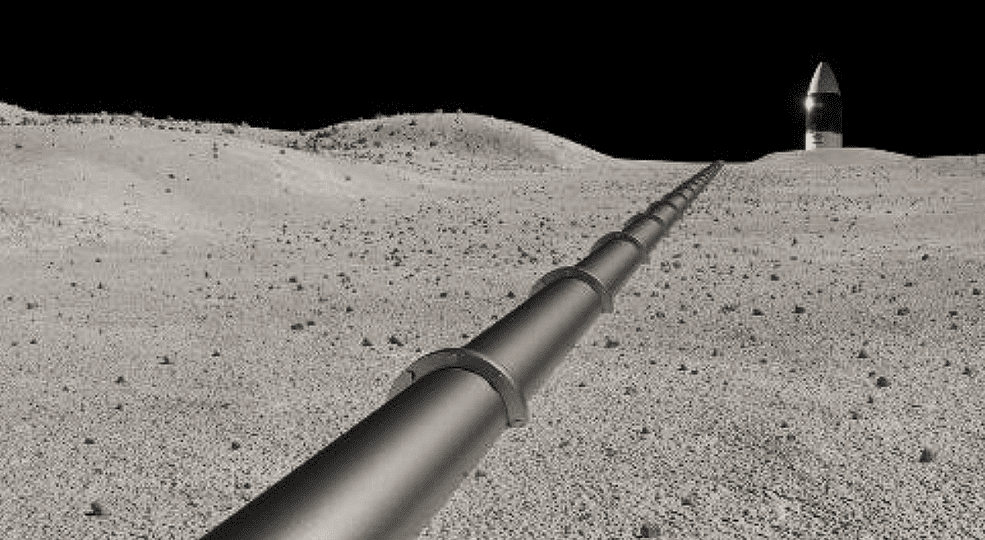Planes built for Saturn’s largest moon, self-growing building blocks, deep space satellite mega-constellations, and oxygen pipelines on the Moon are just a few of the 14 experimental projects selected by NASA to receive more of their funding in a push to advance the agency’s exploration of space. As part of the Innovative Advanced Concepts (NIAC) program, each of these bold research projects will receive $175,000 in grants to complete a Phase 1 study of their idea.
NASA says the projects are still in the “very early stages of conceptual development,” but they hope the small boost of money could see which of these high-risk, high-reward ideas has the potential to get off the ground.
“NASA dares to make the impossible possible. That’s only achievable because of the innovators, thinkers, and doers who are helping us imagine and prepare for the future of space exploration. The NIAC program helps give these forward-thinking scientists and engineers the tools and support they need to spur technology that will enable future NASA missions,” Bill Nelson, NASA Administrator, said in a statement.
One of the selected initiatives is the Washington-based Planet Enterprises for their vision of creating a plane capable of complete missions to Saturn’s moon Titan. Titan is a fascinating icy world with a dense golden atmosphere that has the potential to harbor extraterrestrial life,
The “TitanAir” mission would involve a seaplane-like vehicle that’s capable of gliding around the moon and picking up condensation of methane and suspended complex organics. It could also land on the icy lakes for the purposes of scooping up liquid samples.

Graphic depiction of the Lunar South Pole Oxygen Pipeline. Image credit: Peter Curreri/NASA
Another project that sounds straight out of science fiction comes from Lunar Resources, Inc in Houston. Their idea is to install an oxygen pipeline on the surface of the Moon to serve future human settlements there.
They hope to extract oxygen from dust and water from lunar ice at the moon’s South Pole and then use pumps down a 5-kilometer-long (over 3-mile) pipeline towards human habitats, rovers, and launch vehicles that would require it.
Researchers at Massachusetts Institute of Technology put forward the plan of the Great Observatory for Long Wavelengths (GO-LoW) that hopes to deploy thousands of satellites into space at points between Earth and the Sun. Their job will be to measure the magnetic fields of terrestrial exoplanets via detections of their radio emissions.
The University of Nebraska earned its NASA grant by proposing self-growing building blocks that could be used to build habitats on Mars. Their proposal is to use cyanobacteria and fungi as building agents that will pump out biominerals, like calcium carbonate, and biopolymers that could be used as sturdy building materials.

ZZZZZZAP. Artist’s depiction of the EmberCore Flashlight. Image credit: Christopher Morrison/NASA
The EmberCore Flashlight was put forward by the Ultra Safe Nuclear Corporation. Their plan is essential to develop a high-tech “flashlight” that can illuminate dark regions of the moon using X-rays/gamma-rays. This, they hope, could help to reveal the composition of the geology in the bedrock of the “dark side” of the moon.
A number of other projects from the NIAC program can be found on NASA’s website. You can also check out some previous years’ grant-winners right here.
Source Link: A Seaplane For Saturn's Moon And Even Wilder Ideas Get NASA Funding